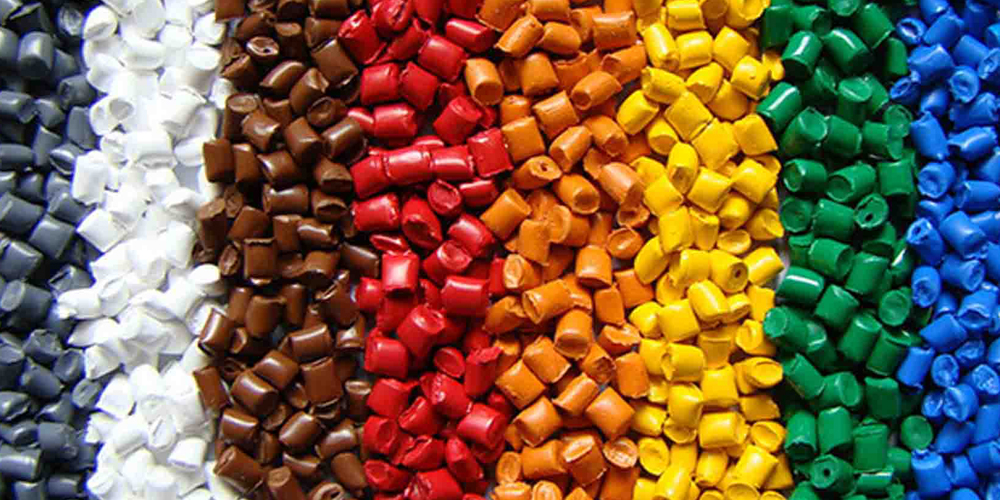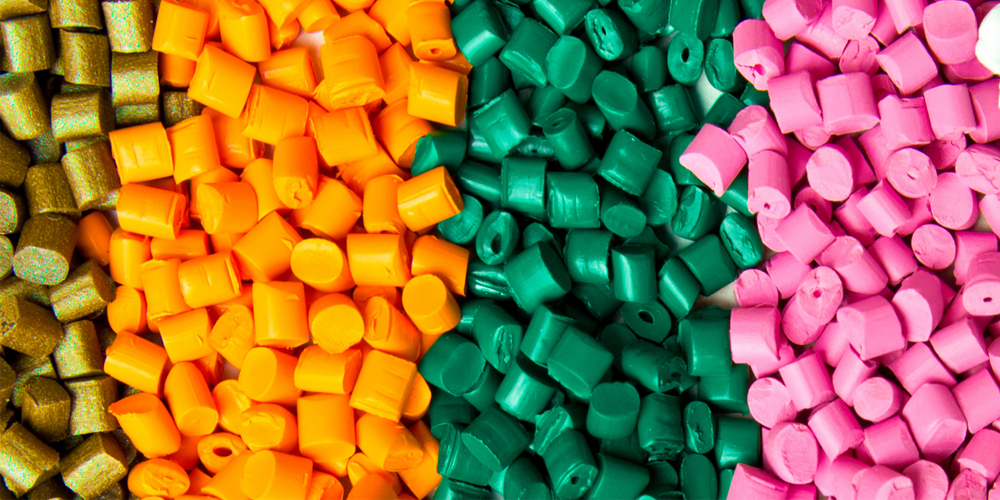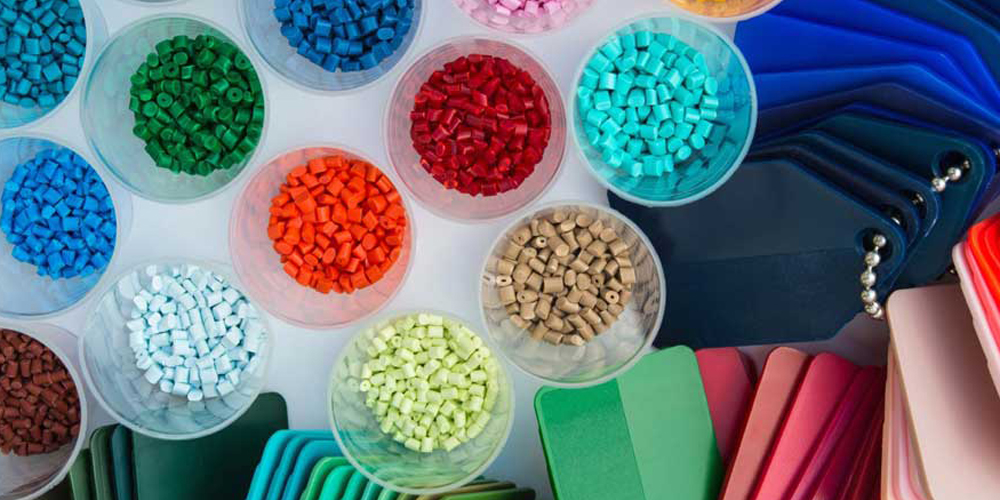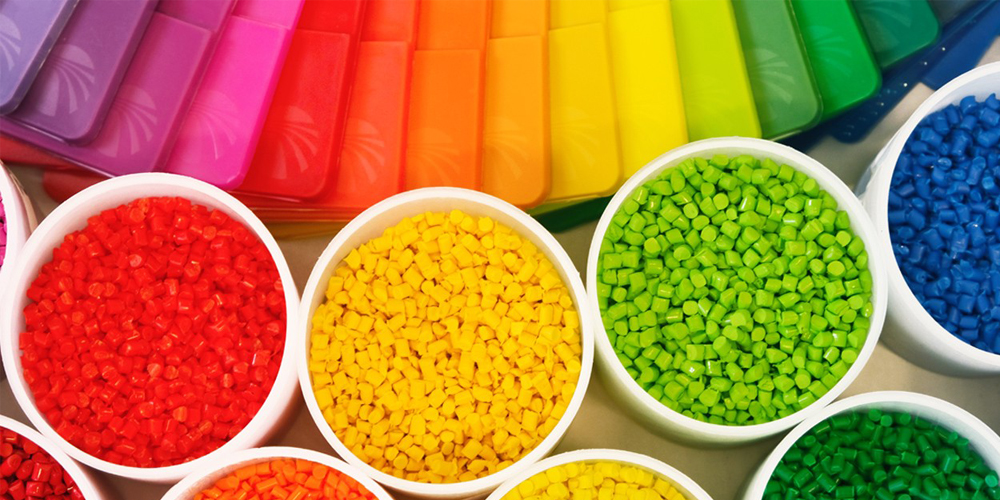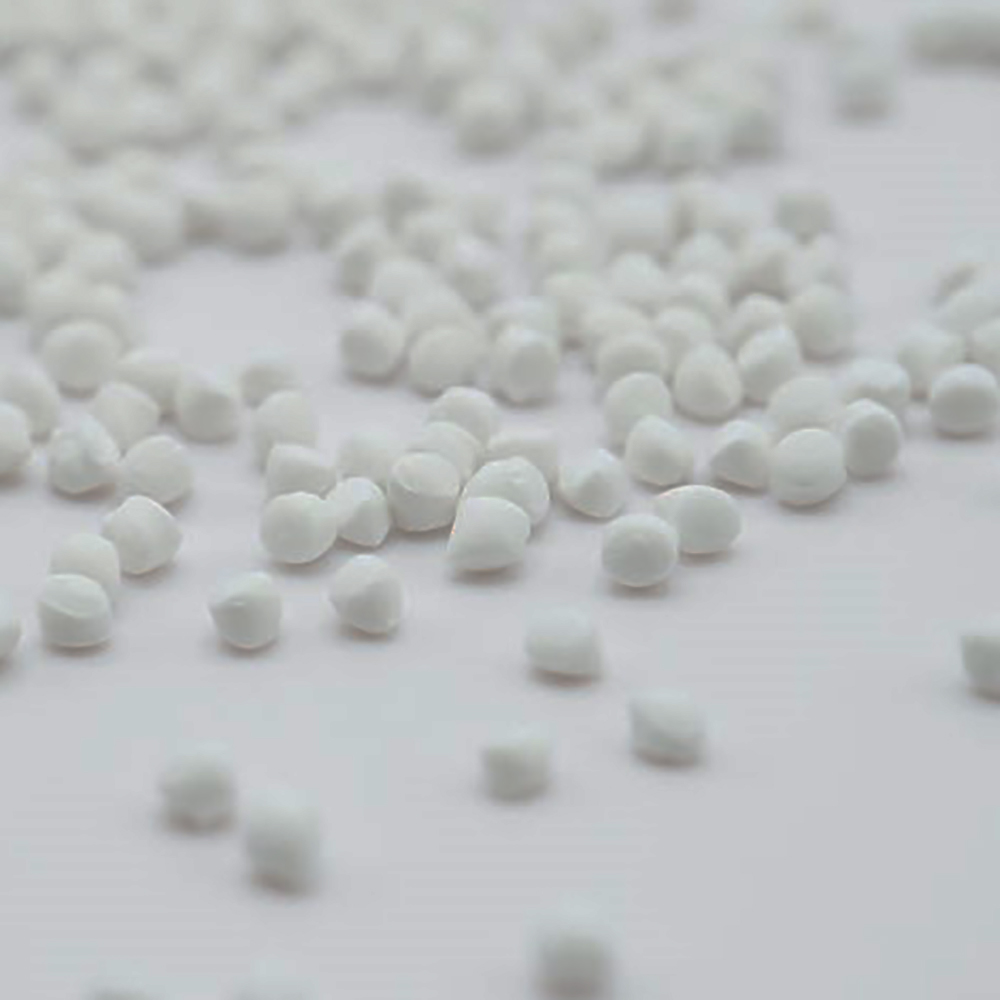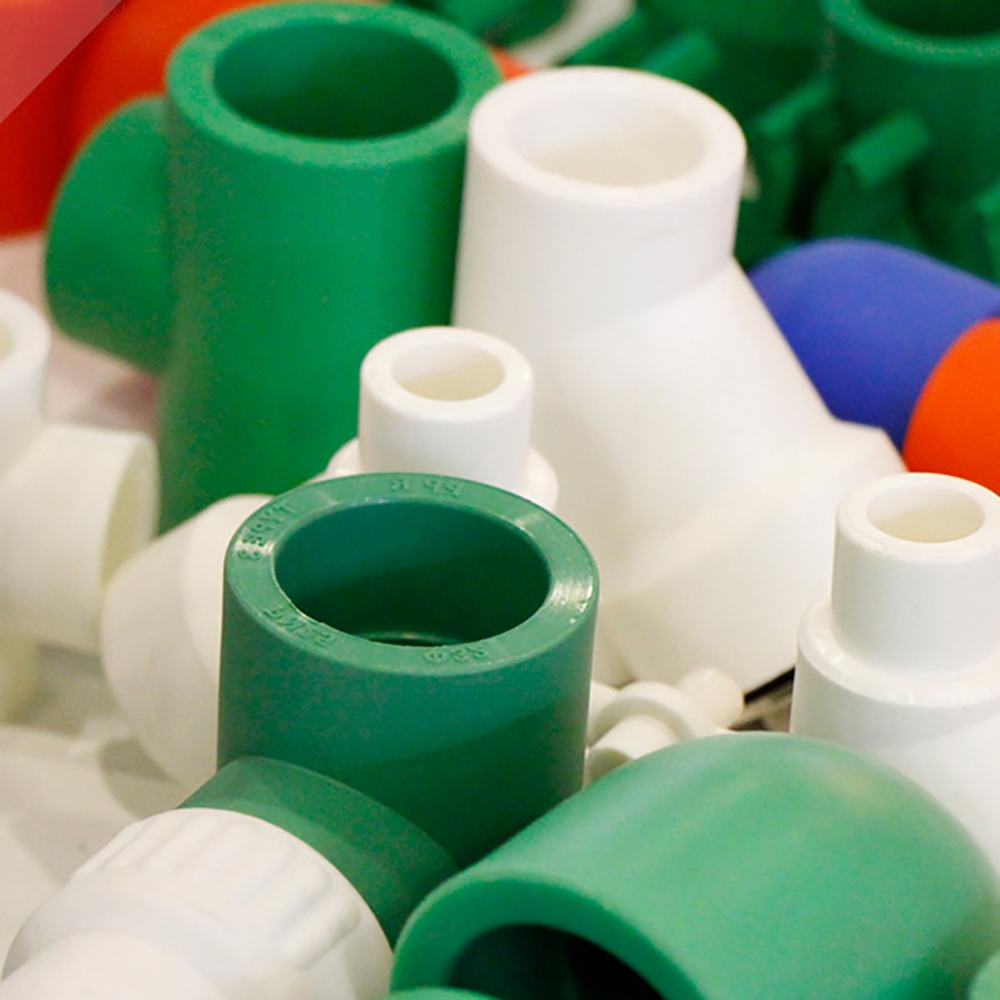
10 Reasons Why Masterbatch is an Essential Solution for Coloring Plastic Products
Masterbatch has become a cornerstone in the plastic manufacturing industry, widely used across diverse applications to enhance the properties and appearance of plastic products. From the automotive sector to packaging, masterbatch plays an essential role.

